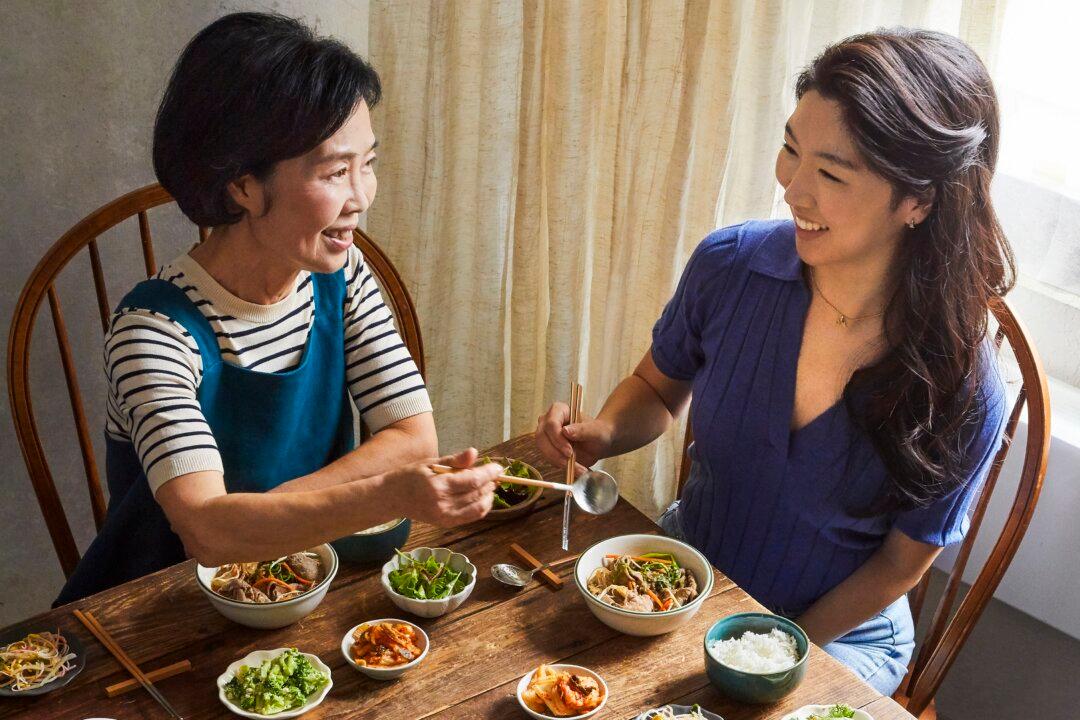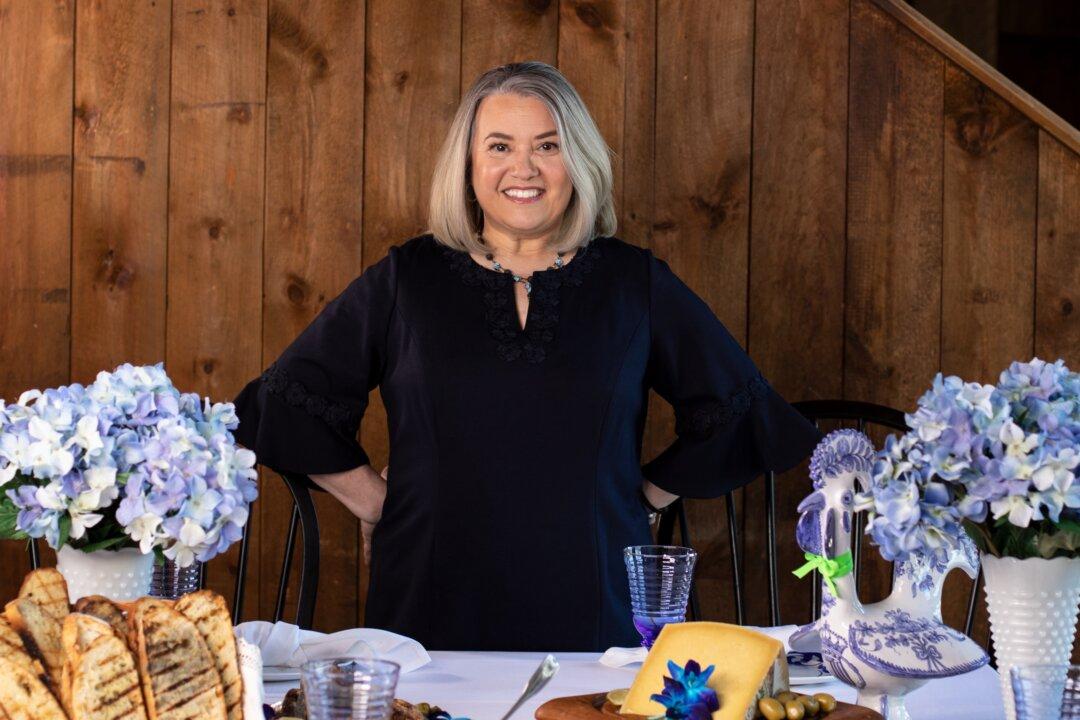My grandmother, who lives near the sea, by the White Cliffs of Dover, has an induction stove—or hob, as she calls it—that can boil a kettle in a literal minute. She says she installed it to heat up her pots and pans more quickly, and get dinner on the table in a speedier fashion.
I think, though, that the real reason for having the stove is to decrease the amount of time between desiring a cup of tea and imbibing one.





